Conversational Analytics, a term you might have witnessed being thrown around a lot when talking about business and marketing. It’s that key that helps businessmen and marketers get insight of their client’s needs and preferences thus grow their businesses in the process.
What is Conversation Analytics?
Conversational analytics is called a Natural Language Processing (NLP)-driven analytics solution that incorporates AI/ML technologies to convert data into speech for verbal commands directed through voice chat-bots or voice assistants.
This voice data is structured for critical analysis of human speech through computational linguistics and data science methods and also for future purposes. Further, deep learning algorithms have aided conversational analytics to support multi-step complex queries by continually learning through experience from large voice datasets.
We know that might be too hard to understand so in simple words; Conversational Analytics is the evaluation of voice data from phone calls, voice assistant apps, and conversational platforms in order to gain insight on customer behavior. Of course, it can be used by an individual himself to gain personal insight of behavior by human conversations during phone calls, call recordings or voice recordings of an all-time listening mobile phone applications like Siri or voice bot like Alexa and even “Ok, Google!”
Quality Transcription Service is within your budget now as Servixer is excited to offer this with unmatched affordability.
How does conversation analytics work?
Conversation analytics requires several moving parts so as to convert conversation into data. The first step begins with employing a conversation analytics software, which records call and does speech-to-text transcription. The indexing layers of the software sort the info so it becomes searchable by using search terms such as, adding keywords, specifying appointments, and customer experience from the calls. The decision reporting tool then presents search results, often in graphic form, so that business operators can derive meaning and deeper insight of the collected valuable data.
While this sounds labor-intensive, call transcription and scoring of a lot of data happens in real-time, which allows you to understand within minutes if a phone call may be a qualified lead. Companies are able to urge a response 400 times more likely by following up with a professional lead within the primary five minutes.
Importance of Conversational Analytics
We know that human speech is more pervasive than ever. In daily life, we use so many different apps and conversational platforms for the purpose of communication. Today in the US, more that 110 million people use a voice user interface every month on their phone, tablet, computer, or through a dedicated voice assistant with natural language understanding.
Millions more will buy devices or appliances with integrated voice assistants in the next five years. On top of this, the technology to detect and analyze human voice is growing increasingly sophisticated. Not only are these systems able to capture and measure basic vocal attributes, the use of artificial intelligence can help aggregate this information into specific KPIs that lead to customer behavior prediction.
The result will be a change in how we live our lives. Whether it’s a mobile device, voice assistant or wearable, it is a better way to monitor human speech conversations at all times and use that valuable data for a great number of benefits.
The control of human speech is much different than human expressions and the result is that it is more difficult to alter conversational experiences and there is more possibility for actionable insights to be drawn from voices in a conversation.
It’s more sincere and in many cases a far better indicator of emotions and caller behavior.
Conversational Analytics can be beneficial in several ways including:
- Professional Improvement. Those who want to do better at work can receive emotion and behavior reports on their call performance and see where and why their mood may have shifted.
For instance, one use case of conversational analytics can be that a person become better a salesman by understanding and gaining insight about their customers but also how they responded when a certain aspect of conversation was brought up
- Stress Management. An app can provide tips to help manage stress and fatigue when your voice spikes.
- Health Monitoring. Combined with other biometric data collected from wearable, conversational analytics can identify perceived stress, anxiety, or exhaustion in your voice and notify you if there is a concern.
- Relationship and Empathy Support. You can gain a greater sense of self-awareness in how you speak to your significant other, or in the way you treat those around you.
Imagine an app that signals you when your emotional charge shifts to negative, even if you didn’t realize it.
These benefits are also effectively valuable in business.
Conversational Analytics in Business
Businessmen receive a lot of data about campaign efficiency so they can understand and analyze conversions properly. Rather than wonder if the right keywords are optimized, they can perform a quick search to gain insight on customers’ needs.
By knowing what works through intent data, companies can spend their budget on strategies that demonstrate success while staying accountable to key stakeholders with graphics-rich reports of conversion rates, channel performance, sentiment analysis and other conversation-related metrics.
Staff can use call conversation data to recover from a missed opportunity. If analytics show that a potential customer was dissatisfied or received a mistaken impression after a phone call, someone can reach out to recapture the lead.
For management, conversation analytics makes every phone call transparent through an easy search utility and powerful, graphics-driven reporting. Managers can reward employees for successful outcomes, tweak campaigns that aren’t delivering ROI, or dive deep into customer sentiment and customers’ needs to better understand the preferences of their target audience and cultivate trust and better customer journey.
These analytics provide accurate, up-to-date answers to questions about lead quality, search keywords, customers’ needs, and customer experience. Over time, conversation analytics leads to smarter decision-making and a better experience on all sides.
People have been forthcoming in sharing their data as conversational analysis gain familiarity. Juniper Research estimated 8 million voice assistant-enabled devices will be in the market by 2023. Although location sharing, heart rate monitoring, and always-on listening devices has become a norm for customers but there still seems to be a constant unrest in customers when it comes to a device listening to all their conversations and analyzing their conversations.
Companies will need to be responsible and protect user data and keep it safe, if they want to retain their customers. Regulations will need to catch up and protect the user. The users must know their rights and obligations while companies should be able follow regulations and security protocols, and respect their customer sentiments.
Implemented correctly and at the right time, conversational analytics will allow companies and modern business gain a greater sense understanding of their customer preferences and works and what doesn’t work in customer service and sales. It will help individuals live better lives and become more self-aware of their interactions with those around them. It can leverage data in a safe and secure way while opening up a treasure trove of data insights.

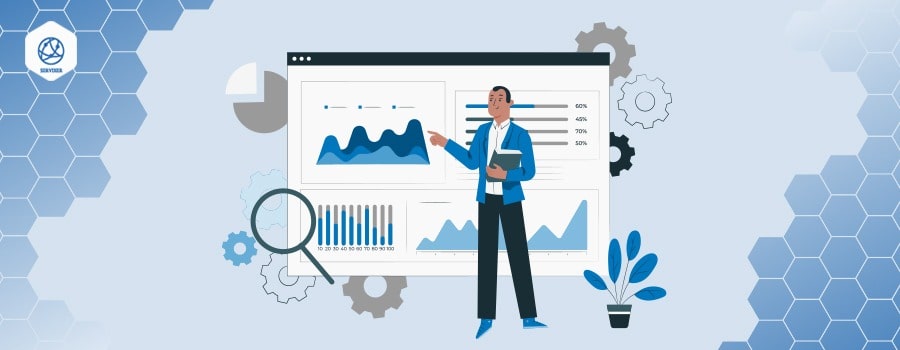
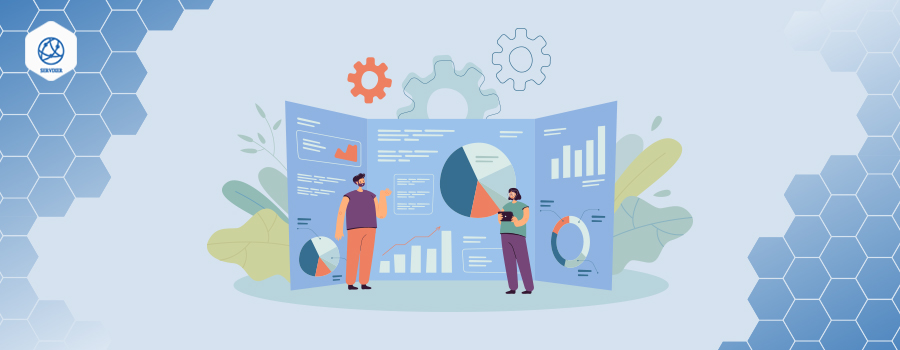
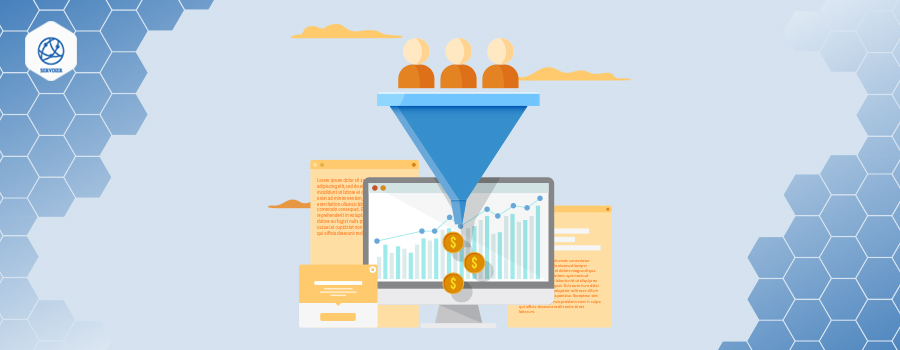
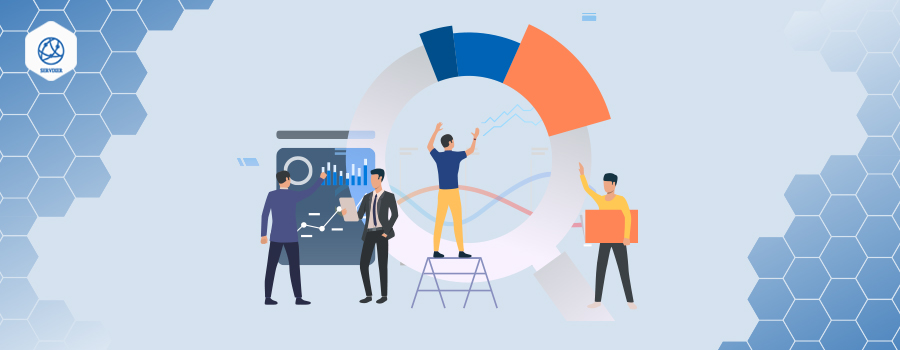

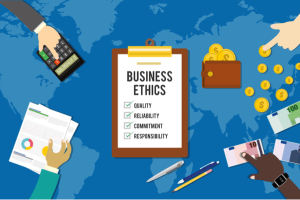

Leave a Reply
Your email is safe with us.
You must be logged in to post a comment.